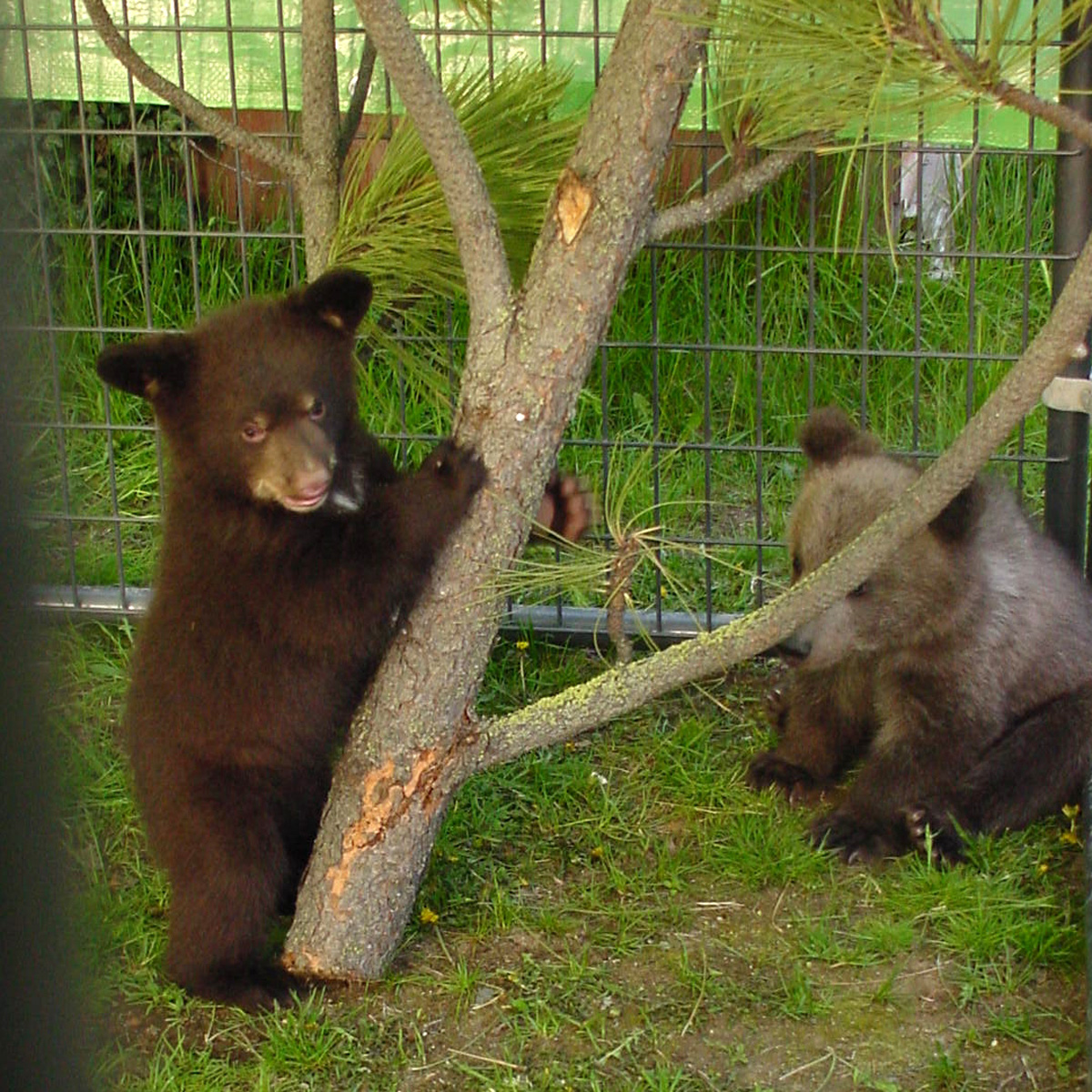Black bears are fascinating creatures known for their adaptability and varied diet. Understanding what these animals eat can provide insight into their behavior, habitats, and role in the ecosystem. Let’s explore the dietary habits of the black bear, shedding light on their diverse and often surprising menu.
Omnivorous Appetites: A Bit of Everything
Black bears (Ursus americanus) are omnivores, which means they eat plants and animals. Their diet can change significantly with the seasons and the availability of food sources. Here’s a breakdown of what black bears typically eat:
Spring: Waking Up Hungry
After hibernating through the winter, black bears emerge from their dens hungry and needing replenishment. During spring, their diet includes:
- Fresh Vegetation: Tender shoots, grasses, and young leaves are among the first foods available. These are rich in nutrients and easy to digest.
- Insects: Ants, beetles, and larvae provide essential proteins and fats.
- Carrion: Bears might scavenge on carcasses of animals that didn’t survive the winter.
Summer: Fruits and Foraging
Summer offers a bounty of food options for black bears, and they take full advantage of the season’s abundance:
- Berries: Raspberries, blueberries, and blackberries are favorites. These fruits are rich in sugars and help bears gain weight.
- Nuts: Acorns, hazelnuts, and other nuts provide essential fats and proteins.
- Insects and Larvae: Continued foraging of insects like ants and bees.
- Small Mammals and Fish: Bears might hunt small animals or fish, adding more protein to their diet.
Fall: Preparing for Winter
As fall approaches, black bears enter a phase known as hyperphagia, where they overeat to build up fat reserves for hibernation. During this time, their diet includes:
- Nuts and Seeds: High-calorie nuts and seeds become crucial for fat storage.
- Fruits and Berries: They continue to consume large amounts of fruits and berries.
- Carrion and Small Mammals: Opportunistic feeding on carcasses and small prey remains common.
Winter: Hibernation and Minimal Eating
Black bears do not eat during hibernation. They rely on the fat reserves built up during the rest of the year to sustain them through the winter months.
Human Influence: The Risk of Unnatural Diets
Unfortunately, human presence can significantly impact black bear diets. When bears have access to human food sources, such as garbage, pet food, or crops, it can lead to conflicts and health issues for the bears. People living in bear habitats must secure food sources to prevent bears from relying on human food.
Conclusion: The Resilient Foragers
Black bears are remarkable for adapting to different environments and food sources. By understanding what they eat, we greatly appreciate their role in nature and the importance of preserving their natural habitats. Whether munching on berries in the summer or foraging for insects in the spring, black bears remind us of the delicate balance within our ecosystems.
If you enjoyed learning about black bears’ dietary habits, stay tuned for more insights into the lives of our wild neighbors. At Cat Tales Wildlife Center, we’re dedicated to educating the public about the amazing creatures we share our world with and the steps we can take to protect them.
Ensuring Complete Nutrition for Captive Black Bears: Diet Adjustments

